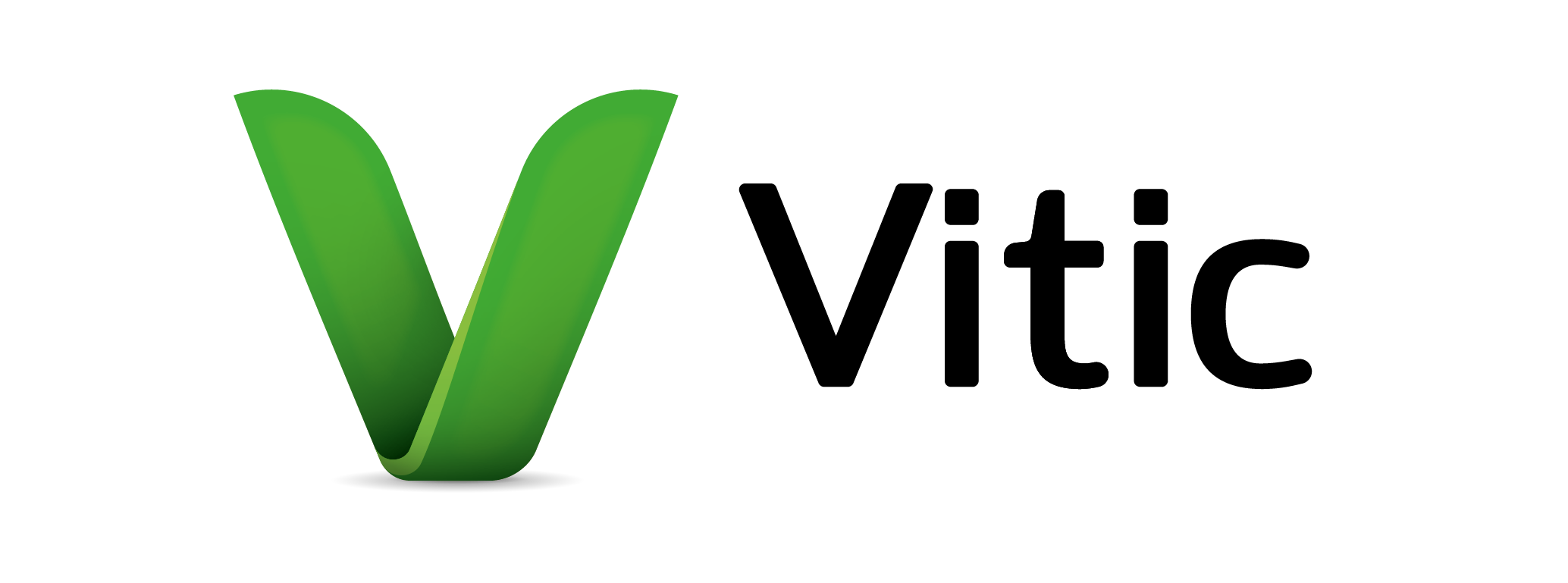Genotoxic impurity evaluation
Ensuring effective assessment and management of your mutagenic and non-mutagenic impurities
Assessing the genotoxicity of chemicals presents significant challenges, as the complexity of chemical interactions often leads to uncertain results and potential risks. Identifying genotoxic properties early is crucial, yet traditional methods can be time-consuming and costly. Our solutions are designed to streamline this process, offering reliable insights to help you confidently manage genotoxicity assessments, reduce uncertainty and ensure safety in your chemical evaluations.
Our solution
We can support you in your toxicity risk assessment of genotoxic impurities through our in silico solutions; Sarah Nexus, Derek Nexus and Vitic. Genotoxicity assessment comprises two major endpoints, mutagenicity and chromosome damage – our solutions will support an assessment of both major genotoxic endpoints.

Sarah Nexus is a statistical-based software which can help to identify genotoxic impurities through the prediction of chromosome damage and mutagenicity.
Sarah Nexus highlights
Predict the potential genetic toxicity of chemicals
Access Ames assay data for accurate mutagenicity predictions, and leverage micronucleus and chromosome aberration in vitro assay data and in vivo test data to assess genotoxic risk.
Retrieve standardised and curated toxicological data
Sarah Nexus utilises a machine-learned, self-organising hypothesis network (SOHN) methodology, where chemical structures are standardised and curated to generate accurate Ames results for each data point. This approach results in a SOHN model containing hundreds of unique hypotheses, offering powerful predictive insights.
Early risk identification
Predict the genotoxic potential of compounds early in the chemical development process, allowing for the identification and elimination of high-risk candidates before costly and time-consuming in vitro or in vivo testing.

Derek Nexus is an expert, knowledge-based prediction software that can help you to establish if there is a toxicity hazard associated with your compound.
Derek Nexus highlights
Access expert structure-activity relationship (SAR) knowledge for many genotoxicity endpoints
Derek Nexus contains SAR knowledge for multiple genotoxicity endpoints, including mutagenicity, chromosome damage, photo mutagenicity and photo chromosome damage, covering both in vitro and in vivo predictions. The SAR knowledge is derived from both public and proprietary member data sources and is updated as new data becomes available.
Identify toxicophores, highlighting possible hazards
The expert comments associated with a Derek Nexus alert can help you to decide if this compound structure is a concern or not. Each prediction comes with a clear, scientifically grounded explanation, outlining the reasoning behind the outcome.
Understand the SAR behind predictions
The scientific comments which accompany a Derek Nexus alert will describe the chemical and biological mechanisms of action where possible. This transparency aids in regulatory submission, providing the rationale required to support expert review and decision-making.

Vitic is your trusted source for high-quality, peer-reviewed public and proprietary toxicity data across a wide range of endpoints. With Vitic, you can easily determine if relevant data already exists for your compound.
Vitic highlights
Explore hundreds of in vivo and in vitro genetic toxicology study records
Vitic contains a wealth of high-quality carcinogenicity and genotoxicity data to support chemical risk assessments. This broader scope allows for a more complete assessment of your impurities, helping you evaluate their safety with confidence.
Access high-quality public and proprietary data
Expertly curated from both published and unpublished sources, Vitic offers access to proprietary member-donated data as well as key regulatory documents like Joint Meeting on Pesticide Residues reports, FDA novel drug approval records and authoritative literature.
Find similar structural analogues using substructure or similarity searches
Where there is no exact match within Vitic, you can make use of the substructure or similarity search functionality, helping you expand your research possibilities.
Regulatory support
ICH M7
The ICH M7 guideline states that “Two (Q)SAR prediction methodologies that complement each other should be applied. One methodology should be expert rule-based & the second should be statistical-based”. Combining a Derek Nexus expert rule-based prediction and a Sarah Nexus statistical prediction can provide a full ICH M7 classification.
Guidance on the establishment of the residue definition for dietary risk assessment
The aim of the EFSA guidance is to guide the complex process of identifying the pertinent residue components that should be considered for dietary risk assessments of chemical active substances. Our (Q)SAR tools, Derek Nexus and Sarah Nexus, can be used for metabolite hazard identification and characterisation of these compounds.
Related publications
Recent blogs
In a recent Lhasa Limited webinar, experts from BfR (the German Federal Institute for Risk Assessment), Syngenta, and Lhasa came together to …
The Science of Stability (SoS) 2025 conference, recently held in Philadelphia, brought together leading experts from the pharmaceutical industry and academia. Co-hosted by Lhasa Limited and …
The ICH M7(R2) Guideline (2023) continues to recommend the bacterial reverse mutation assay (Ames test), conducted in accordance with OECD 471, as …






